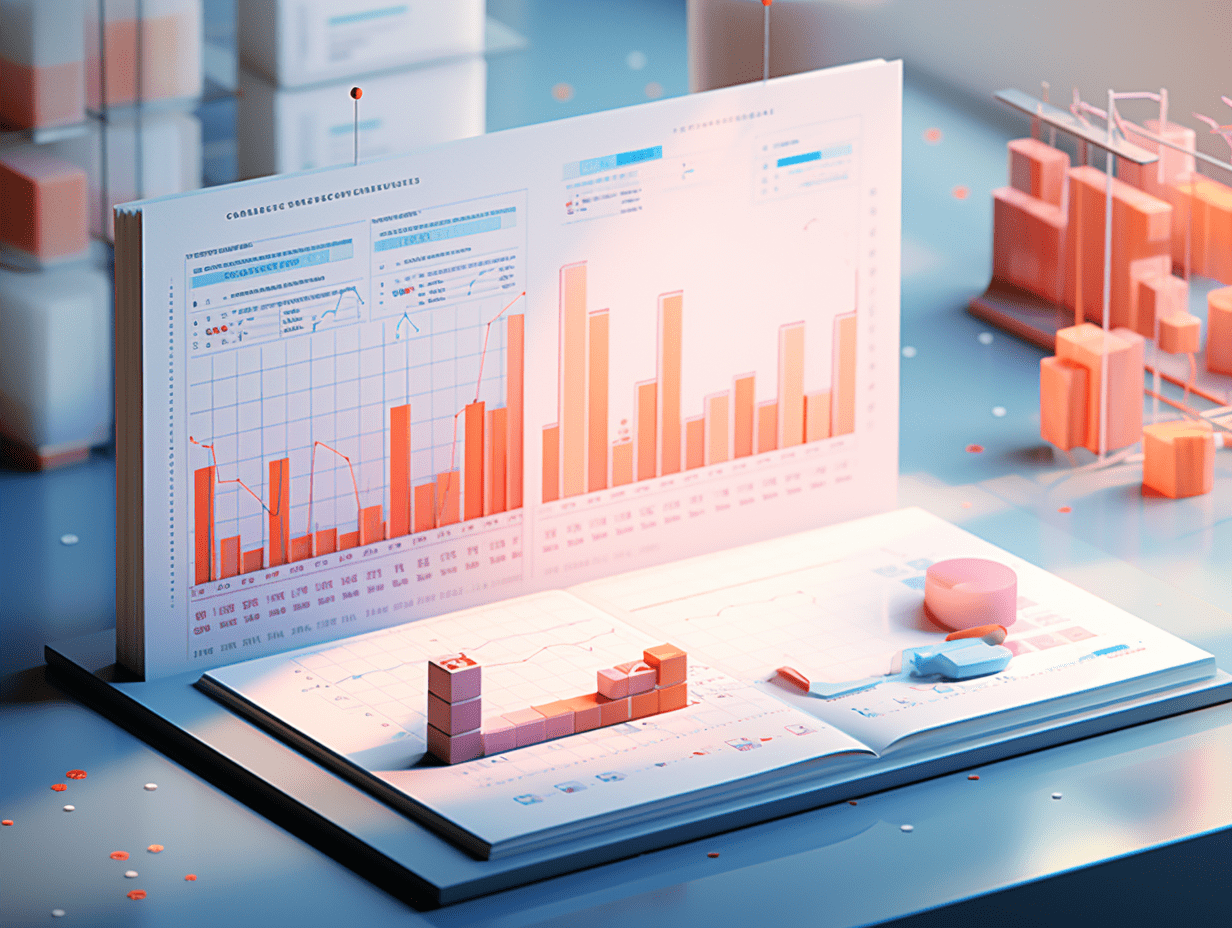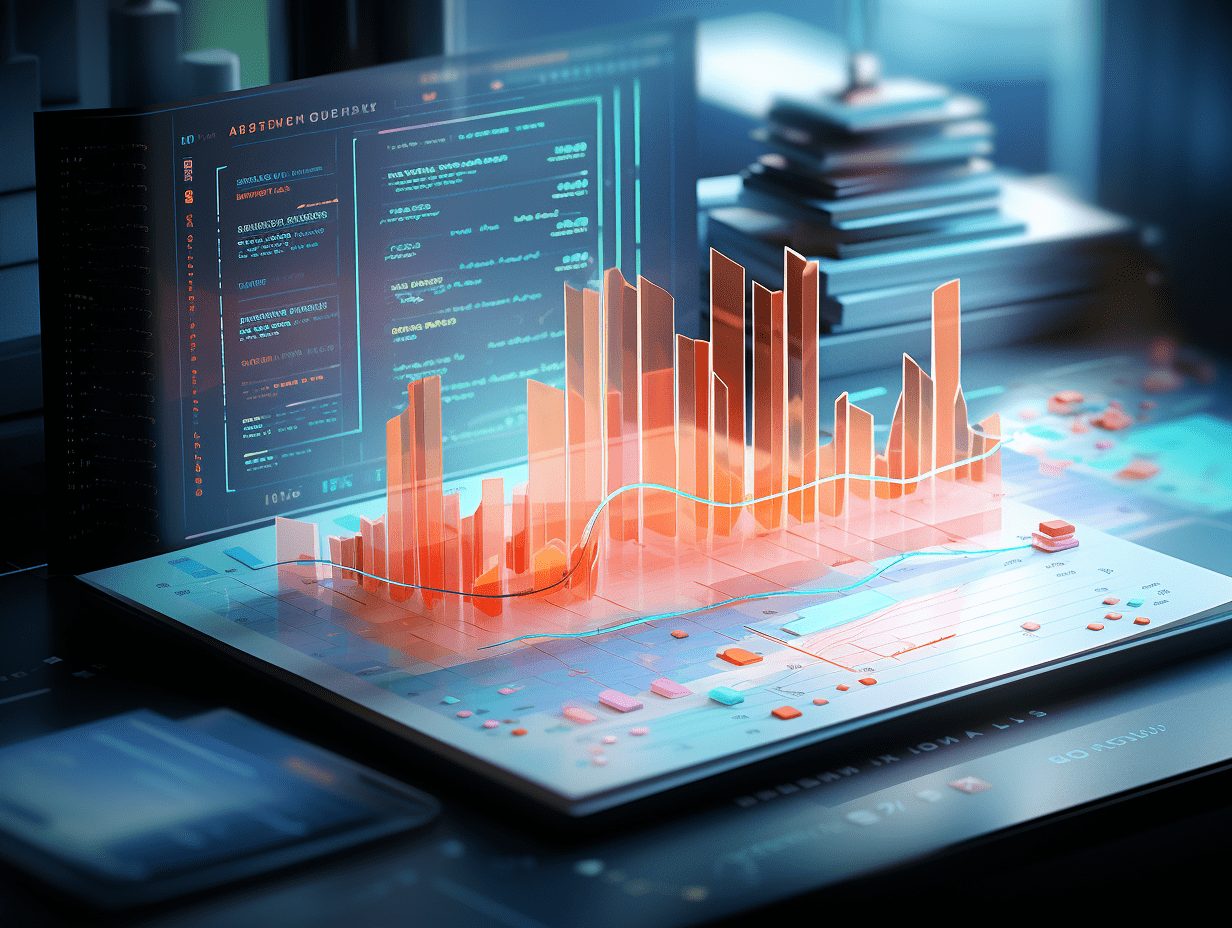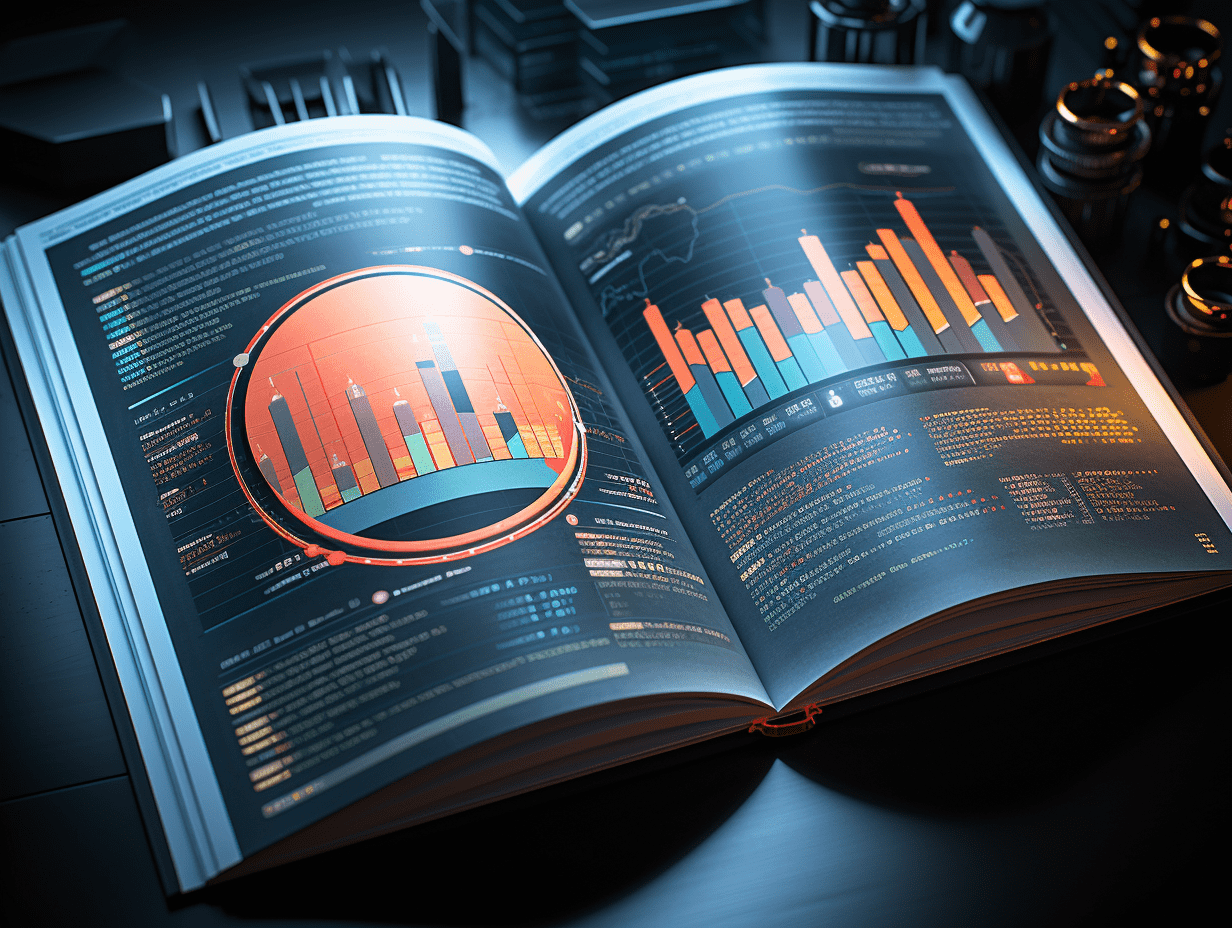CITIC SEC: Market focusing on Token's high growth sustainability, paying attention to the intensity of subsequent market commercialization efforts.
Since 2025, the consumption of AI tokens by companies such as Google has been rapidly increasing. Some investors have linearly extrapolated based on this and have given overly optimistic expectations for the investment in AI computing power and monetization prospects.
CITIC SEC released a research report stating that since 2025, the consumption of AI Tokens by companies like Google has been growing rapidly. Some investors have extrapolated linearly based on this, leading to overly optimistic expectations regarding AI computing power investment and monetization prospects. Taking Google as a sample, it is estimated that the global Token consumption in September may reach 64 trillion, with Google accounting for about 20%. However, the rapid growth of Google's Token size has not yet translated into efficient commercial returns. The current high-value commercialization scenarios for AI are still limited, and from an investment perspective, enterprises may not necessarily continue to increase their investments solely due to Token growth. Therefore, the high growth of AI Tokens and the continuous investment in AI computing power still depend on the continuous breakthroughs in more application scenarios and more efficient commercialization models.
The main points of view of CITIC SEC are as follows:
AI Token: Market focus on the sustainability of high Token growth
Since 2025, Google's AI model capabilities and product penetration levels have rapidly increased. The monthly consumption of Tokens has grown from 970 billion in April 2024 to 130 trillion in September 2025, causing widespread discussions in the market about the demand for computing power on the application side. According to CITIC SEC calculations, the global Token consumption in September may reach 64 trillion, with Google accounting for about 20%. It is estimated that Google's Token consumption is mainly distributed in scenarios such as AI search (47%), API calls (26%), Gemini (24%), and Workspace (3%). The rapid penetration of AI Overview in the search business and popular applications has brought about an increase in C-end traffic. Based on assumptions regarding traffic and penetration rates in the text, it is predicted that by December 2026, Google's AI Token consumption may reach 34 trillion.
Represented by Google, existing products such as AI search are the main drivers of increasing Token consumption. For Google, which accounts for a large proportion of total Tokens, if the current rate continues, the penetration rate of AI search may gradually peak in about 6-12 months. Considering that the Token consumption per query in AI Overview itself is not high, the overall Token contribution may weaken around 2026H2. A lack of new scenario breakthroughs may lead to a significant slowdown in Token growth.
Computing power demand: Mid-term focus on the balance between Token growth and optimization of single-chip computing power
On the demand side, the consumption of AI inference computing power is mainly related to the amount of Tokens and active model parameters. It is predicted that by the end of 2026, Google's monthly Token consumption may reach 34 trillion, which is 7 times higher than the 480 billion in early 2025. Considering the increase in the scale of large model parameters and the deployment of small models for different application scenarios, a rough estimation suggests that the inference computing power consumption may increase by 10-20 times in the next 2 years.
On the supply side, improvements in single-chip and system performance, software optimization, etc., may lead to a significant decrease in the cost of unit computing power. According to information released by NVIDIA at its GTC conference in 2024, in 8 years, NVIDIA's computing power, floating-point operations, and AI floating-point operations have increased by 1000 times. With recent upgrades, the GB200 NVL72 system released in 2024 has improved its inference efficiency by 30 times compared to the HGX H100 series released in 2022, while the price of a single chip has only increased by about 40%.
Based on the comprehensive analysis of AI Token consumption growth, AI hardware system improvements, and other factors, it is clear that with joint efforts in chip, hardware system, and software aspects, the actual economic investment in the AI hardware system may be significantly lower than the surface sensory data.
Monetization: The current level of Token monetization is still relatively low, and the focus is on the intensity of future commercialization
Google's rapid increase in Token size has not yet fully translated into efficient commercial returns. Although Google's AI Token monthly consumption maintains a strong trend, a large amount of Token consumption currently comes from free or relatively inefficient monetization scenarios. The actual commercial potential has not been fully realized yet, with the main issues being 1) limited direct commercialization of AI search; 2) subscription models are still in the early stages with low conversion rates; 3) commercial value of selling APIs on a pay-per-use basis is limited. Based on assumptions of more comprehensive commercialization scenarios, it is estimated that less than 1/3 of Token consumption can bring incremental commercial value, and most Token consumption only serves to increase user stickiness and consolidate competitive advantages. Therefore, from the perspective of large companies like Google, it may be more commercially viable to make moderate investments to ensure basic needs rather than continue to increase computing power investments.
Risk Factors
Risks of AI core technology development falling short of expectations; Risks of continued tightening of policy regulations in the technology sector; Risks related to policy regulations on private data; Risks of global macroeconomic recovery falling short of expectations; Risks of fluctuations in the global economy leading to lower-than-expected IT spending by European and American companies; Risks of potential ethical, moral, and privacy risks of AI; Risks of enterprise data leaks and information security; Risks of continued intensification of industry competition; Risks of Token monetization falling short of expectations, etc.
Related Articles

Zhongtai: Maintaining a "buy" rating for ANTA SPORTS (02020) as its global expansion is steadily progressing.

New stock news | Pu'ai Medical's Hong Kong IPO and domestic unlisted shares "Fully Circulated" are filed with the China Securities Regulatory Commission.

HIV and immunotherapy drug demand is strong. GlaxoSmithKline plc Sponsored ADR (GSK.US) raises full-year performance guidance.
Zhongtai: Maintaining a "buy" rating for ANTA SPORTS (02020) as its global expansion is steadily progressing.

New stock news | Pu'ai Medical's Hong Kong IPO and domestic unlisted shares "Fully Circulated" are filed with the China Securities Regulatory Commission.

HIV and immunotherapy drug demand is strong. GlaxoSmithKline plc Sponsored ADR (GSK.US) raises full-year performance guidance.

RECOMMEND

Why European Automakers Are Opposing Dutch Sanctions
20/10/2025

Domestic Commercial Rockets Enter Batch Launch Era: Behind the Scenes a Sixfold Cost Gap and Reusability as the Key Breakthrough
20/10/2025

Multiple Positive Catalysts Lift Tech Stocks; UBS Elevates China Tech to Most Attractive, Citing AI as Core Rationale
20/10/2025


